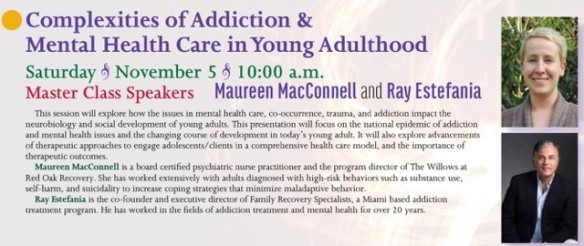In November 2013, NATSAP embarked on an enhanced public relations effort by hiring a PR professional to assist us. One of our PR campaign goals is to share NATSAP member programs’ success stories with external audiences–particularly journalists.
To this end, we are seeking success stories from your program. These stories can be told from the viewpoint of the graduate, a counselor (with permission from the student), a teacher (with permission), parents or guardians, siblings or other family members or friends. Each success story should follow these guidelines:
- Be personal and told in the first person (I)
- Be a realistic account of the circumstances surrounding the before and after
- Describe not just what happened, but include the author’s true thoughts and feelings about what happened and how their lives were affected before and after
- Run no longer than 400 words.
We plan to use these stories in a number of ways including:
- As a blog posted on NATSAP’s website
- A press release featuring one or more stories
- As a testimonial posted on NATSAP’s website (may be shortened to fit the space) or the soon to be released NATSAP Members Only Forum
- An excerpt from the story that NATSAP might use as a quote in materials such as a press release, marketing materials, etc.
- As a video on our YouTube channel for those who give explicit permission for us to post a video. See below on how to upload a video.
PLEASE NOTE: For anyone who submits a story and prefers to remain anonymous, we do not need to use your name, age, gender, geographic location or any other personal identifying information in your story. Our goal is to protect the privacy of graduates and their families while keeping the integrity of your story intact.
Please submit your initial success stories, as many as you’d like, to NATSAP’s office by Friday, September 29 (info@natsap.org). Thereafter, don’t hesitate to send us others as they occur.
We have lots of great stories to tell. It’s time we told them. Thanks so much.
Upload videos to YouTube from your computer.
- Sign into your YouTube account.
- Click on Upload at the top of the page.
- Before you start uploading the video you can chose the video privacy settings.
- Select the video you’d like to upload from your computer.


